Tomb 38
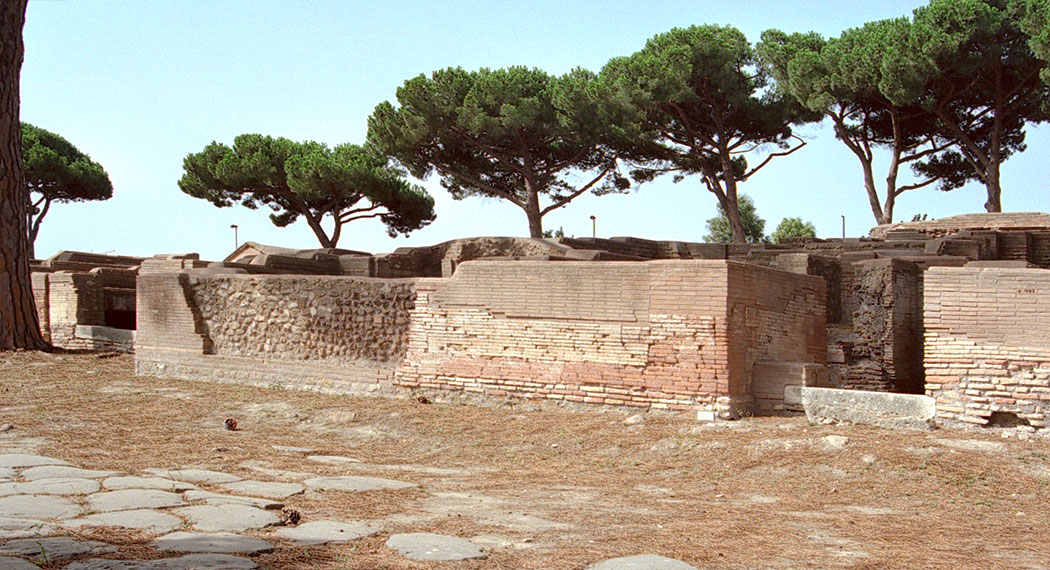
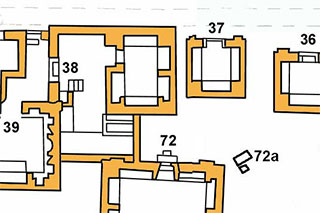
Tomb 38 borders partly on tomb 39, but was built in a later period. The grave consists of a large enclosure with a burial chamber. The burial chamber and the enclosure have their entrance to the north, thus diagonally to the Via Severiana.
The enclosure is almost totally occupied by formae, as is the free space between tombs 72 and 39. All the burial places were covered by a mosaic floor. The northern wall of the enclosure uses partly tomb 39 and the south-west corner of the enclosure leans against the façade of tomb 72.
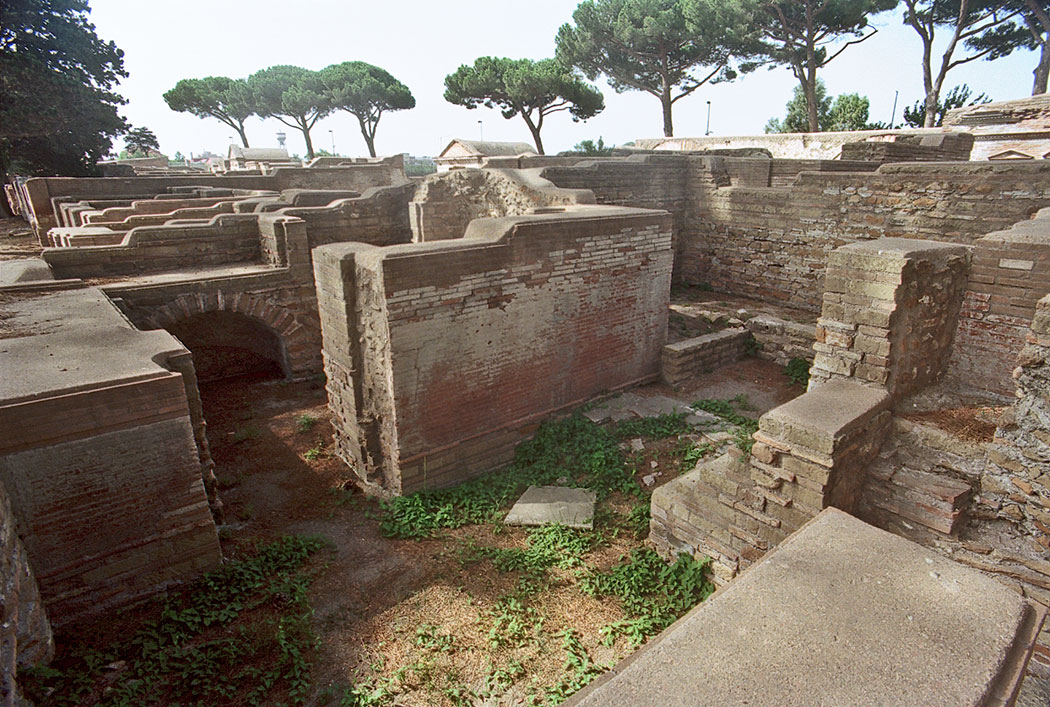
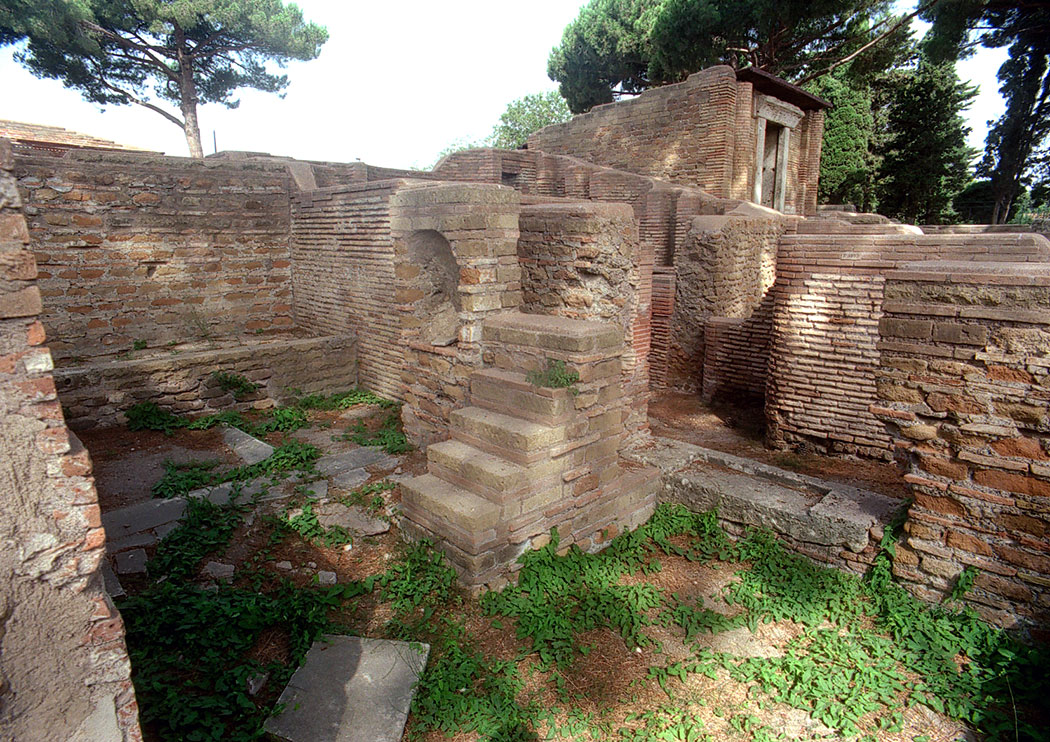
The remains of a staircase at the entrance of the enclosure point to the existence of an upper floor.
The entrance of the enclosure led to the L-shaped passage between tombs 38 and 40. The entrance of the burial chamber was not positioned on the same axis, but a little to the left. The burial chamber had two rows of arcosolia in each wall divided by a styling strip.
Beneath the floor were five formae, each for three bodies. The floor was covered by a mosaic. Ample traces of decorations have survived.
Tomb 38 covers the location of older tombs "a cassone" and "alla cappucina" from the earliest period of the necropolis. On those places, out of respect to the old graves, no new formae were built.
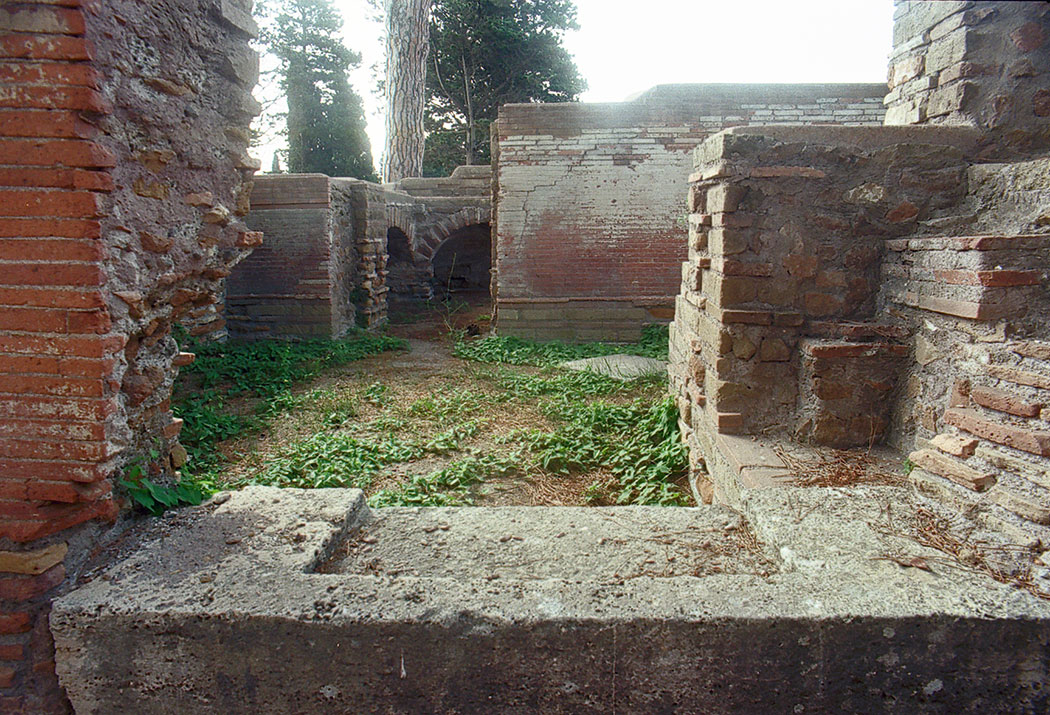
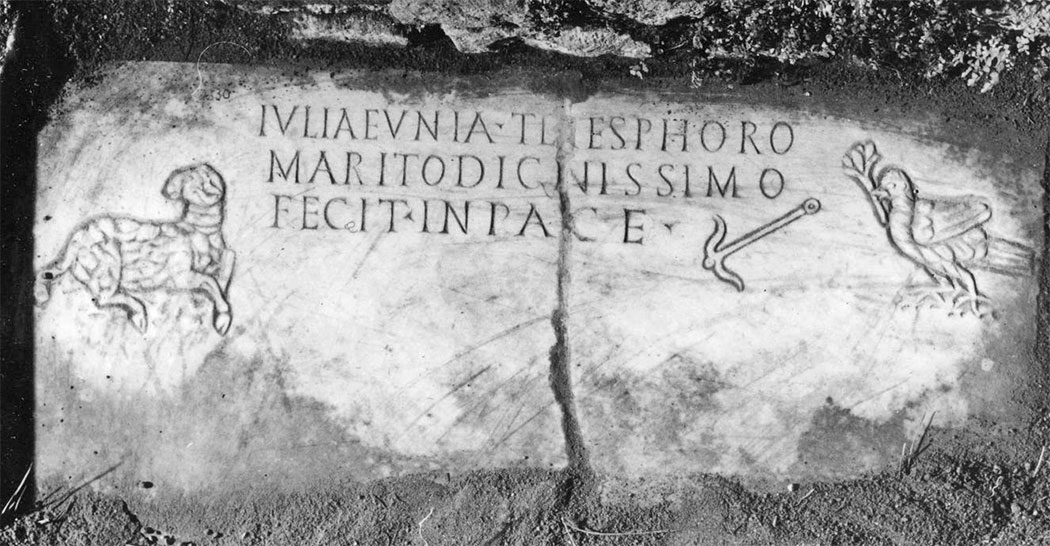
IVLIA EVNIA TELESPHORO
MARITO DIGNISSIMO
FECIT IN PACE
(The inscription tells us that Iulia Eunia has made
The slab was decorated with a relief of a lamb and an anchor, clearly Christian symbols.
Tomb 38 has to be dated to the beginning of the third century AD, but must have been in use for a very long time.
The inscription dates from the beginning of the fourth century AD.
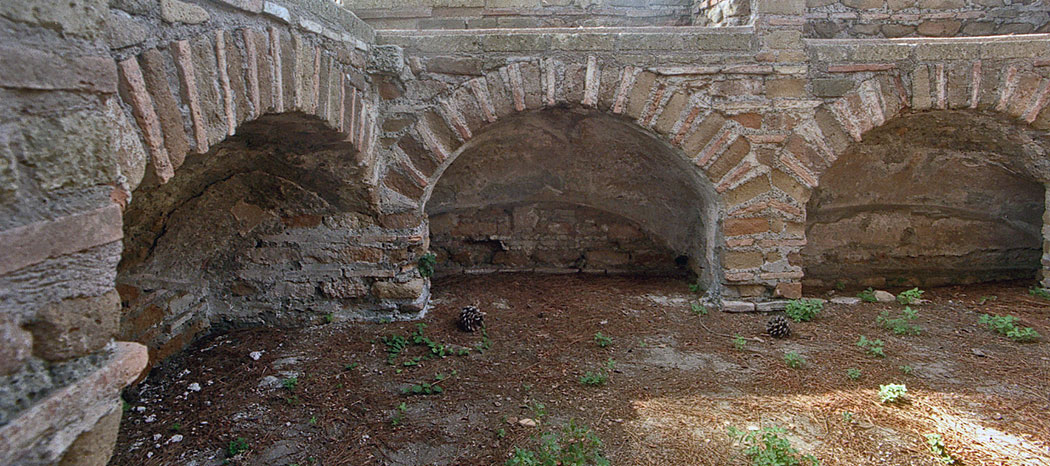
- Sources
- Russel Meigs - Roman Ostia, At the Clarendon Press 1973
- Guido Calza - Necropoli nell'Isola Sacra'(1940)
- Dr. Jan Theo Bakker.
- Hilding Thylander - Inscriptions du port d'Ostie (Lund C W K Gleerup 1952).
- Ida Baldassarre, Irene Bragantini, Chiara Morselli and Franc Taglietti - Necropoli di Porto, Isola Sacra (Roma 1996).
Waardeert u ons werk?
Wordt lid van Roman Ports en ontvang het boek of doe een donatie!
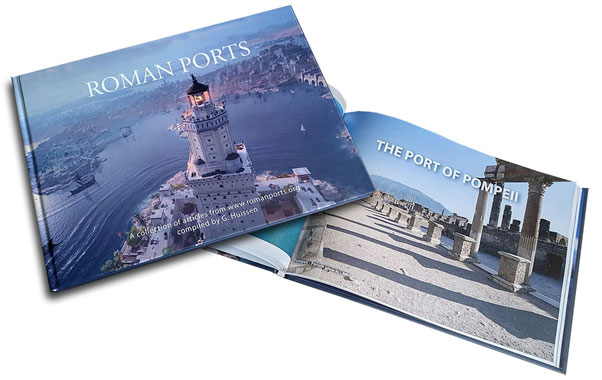 Wordt lid en steun ons
Wordt lid en steun ons
Isola Sacra Index (N)

Speciale sectie over de Romeinse begraafplaats van Portus (Engels)....
Lees meer...De teruggevonden vloot van Pisa

In 1998 werd bij toeval een ongelooflijk archeologisch erfgoed ontdekt in de buurt van het station Pisa San Rossore....
Lees meer...Leptiminus
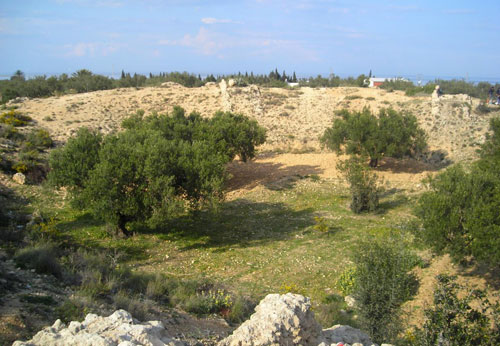
Op de plaats van het huidige Lamta aan de oostkust van Tunesië lag al in de oudheid een havenstad met de naam Leptis Minor ....
Lees meer...Romeins Zeehandelsrecht

Het Romeinse recht is het fraaiste monument dat Rome aan West-Europa heeft nagelaten....
Lees meer...Sullecthum (Salakta)

In de Sahel, in de Tunesische provincie Madhia vinden we aan zee het kleine stadje Salakta....
Lees meer...
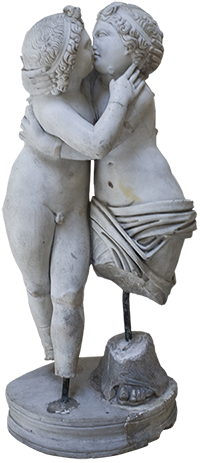 We are committed to providing versions of our articles and interviews in several languages, but our first language is English.
We are committed to providing versions of our articles and interviews in several languages, but our first language is English.